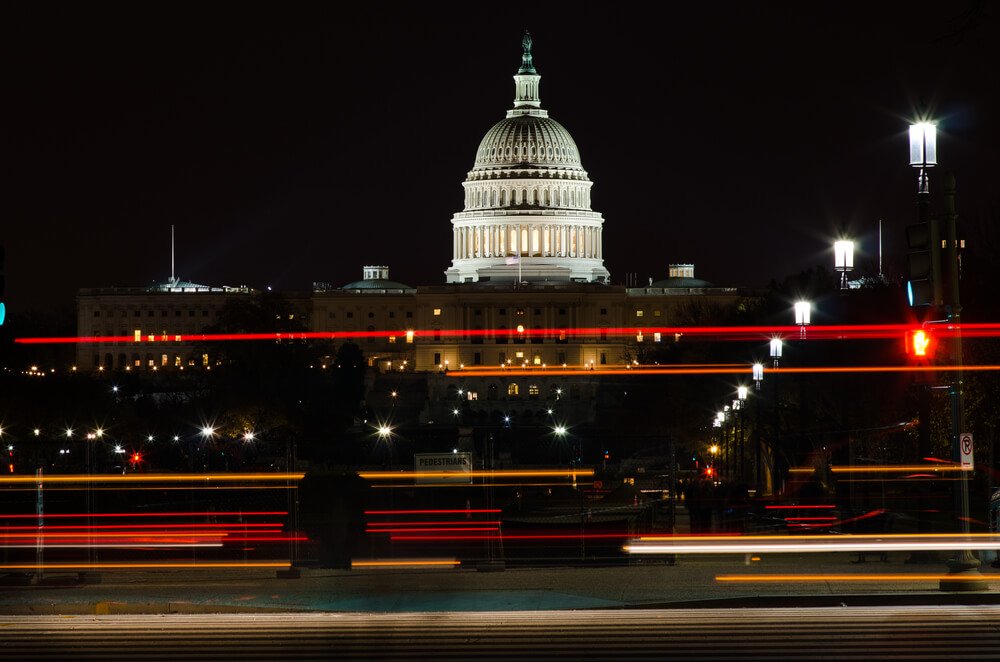When Policy Drives Technology: American AI Initiative and Intelligent Automation
When Policy Drives Technology: American AI Initiative and Intelligent Automation

Rarely does government policy keep pace with technology. The Trump administration has sought to inject innovation into the federal government over the past two years by issuing significant guidance to agencies and directing their consideration of intelligent automation. The most direction is an executive order, signed this week.
The American Artificial Intelligence Initiative (AAII) is designed to spur the development and regulation of artificial intelligence (AI) by encouraging innovative government agencies to incorporate Robotic Process Automation (RPA) and cognitive intelligence into their agencies.
The most recent executive order seeks to accelerate AI within agencies through five key areas:
1. AI Research and Development (R&D) Investments: AI investments look to leverage the American R&D ecosystem and prioritize federal spending on AI innovations that have the ability to directly benefit the American people.
2. Opening Up AI Resources: Enhancing access to government data and resources related to AI is key to both the success of this initiative but also to helping foster more public trust in related technology.
3. Creating AI Governance Standards: Governance standards will establish guidance to help foster public trust. The order specifically states wider access will be coupled with “maintaining safety, security, privacy, and confidentiality protections consistent with applicable laws and policies.”
4. Training an AI Workforce: There are special skill sets required for the workforce to succeed both now and in the future of AI. The American AI Initiative calls for federal agencies to prioritize AI-training for agency staff and the greater American workforce.
5. Protecting America’s AI Advantage: The initiative calls for regulations to be created not just for AI development and use in the U.S., but also internationally. Minimizing “vulnerability to attacks from malicious actors” via AI and related technology is called out in the executive order.
Michael Kratsios, the deputy assistant to the president for technology policy at the White House:
Under the American AI Initiative, federal agencies will increase access to their resources to drive AI research by identifying high-priority federal data and models, improving public access to and the quality of federal AI data, and allocating high-performance and cloud computing resources to AI-related applications and R&D.
Readily available RPA and cognitive intelligent automation will enable federal agencies to enter the path to AI.
The UiPath Enterprise RPA Platform, currently used in more than 25 government agencies, has helped put agencies on the early path to improving public services, controlling cost, and preparing for the arrival of AI.
An example of RPA value can be seen at the U.S. Navy’s Naval Air Systems Command, where a Robot developed for a repetitive, transactional task is completing in 11 minutes what previously took staff five hours of time to complete.
RPA initiatives at the Internal Revenue Service (IRS) and the National Background Investigation Bureau are saving not minutes, but thousands of hours while improving data standardization and the customer experience.
A common obstacle to RPA adoption is concerns about job loss. It is normal for a skeptical public to raise fears that robots are “coming to take our jobs” but equally as important for U.S. technology executives and politicians alike to work together to present the facts – that RPA is actually generating jobs, not taking them away. Additionally, RPA can help make jobs more meaningful and less routine.
Reports from senior executives at the NASA Shared Services Center, and NASA and Defense Logistics Agency suggest after implementing RPA within their agencies, staff are not only embracing RPA, but are clamoring for more. See more on NASA’s RPA implementation:

Not waiting for the train to leave the station, Federal Chief Information Office (CIO) Suzette Kent intends to start RPA training classes for non-technical employees in the spring of 2019.
This week’s launch of the AAII is proof the Executive Branch understands and champions making AI investments today to build the path to automation for a more successful and brighter future.
We’re proud to play a part in not only helping federal agencies adopt RPA and become AI-enabled, but also in preparing today’s workforce to work in the "automation first" era through our free RPA education and open access to our Platform.
Learn more about how RPA is helping transform the public sector. Get free access to insights, interviews, videos, and more from UiPath Together Washington D.C.

Senior Vice President, Public Sector, USA, Roboyo
Get articles from automation experts in your inbox
SubscribeGet articles from automation experts in your inbox
Sign up today and we'll email you the newest articles every week.
Thank you for subscribing!
Thank you for subscribing! Each week, we'll send the best automation blog posts straight to your inbox.



